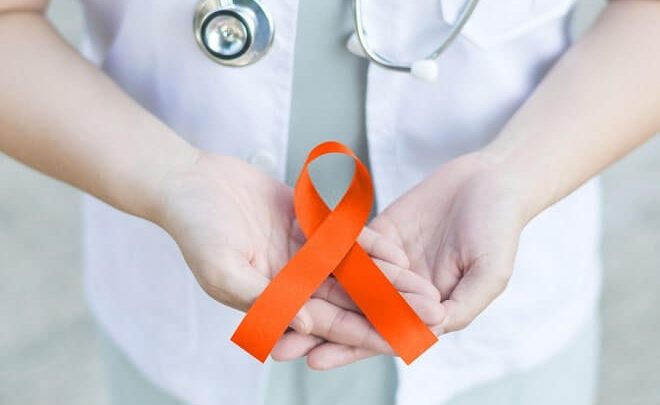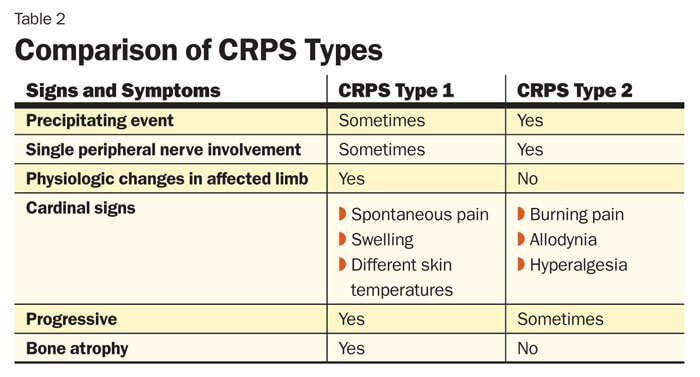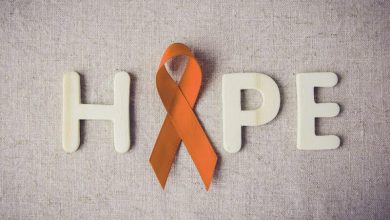The Mystery Of Complex Regional Pain Syndrome (CRPS)

A REAL CASE…
Maria (the patient’s name has been changed) was an athletic 20 year old college student who was on a full athletic scholarship to college for field hockey. Then, one fateful day, in a “scrum” on the field she was thrown to the ground by an opposing player dislocating her right shoulder (her dominant arm).
She was taken to a local Emergency Room (ER) and had her shoulder reduced by the Orthopedic Surgeon on call for the ER. Her relief of pain was nearly immediate and she was placed in a sling and scheduled for follow up.
Within several hours her right arm pain restarted but had a burning quality to it. When she saw the Orthopedic Surgeon later that week he told her she probably had stretched the nerves going into her arm when she dislocated it. He gave her a mild narcotic and reassured her it would get better…it didn’t.
Over the next several weeks the pain became so severe that she stopped her right arm rehabilitation exercises. To even lightly touch the skin of her right arm caused pain.
At the next appointment with the Orthopedic Surgeon he gave her the bad news…she was probably developing a mysterious disorder called Complex Regional Pain Syndrome (CRPS).
He told her that the medical profession was not certain how the pain was generated and that she would have to “learn to live with the pain.” He had rarely seen anyone get relief with any known therapies.
This true story may seem dramatic and rare but it is not. Thousands of people, usually young women in the age group from 20-35 years of age, suffer from the mystery of Complex Regional Pain Syndrome (also called Reflex Sympathetic Dystrophy).
Often the pain is out of proportion to the original injury or what can be seen on physical exam.
HOW IS CRPS DIAGNOSED?

The history of CRPS is usually associated with an injury of an extremity…but it doesn’t have to be. CRPS II is commonly associated with a nerve injury, while CRPS I is not.
Patients will often find their treating medical practitioner reluctant to make the diagnosis (they may even be told they have a psychiatric condition). Patients often find themselves searching for a medical practitioner who will help them obtain relief from the intense pain (practitioners are reluctant to give potent pain medications to patients who do not have a positive objective test for their pain).
The physical findings of CRPS are non-specific:
- Temperature changes of the effected extremity (cool or warm).
- Skin Changes of the effected extremity (redness and/or swelling).
- Allodynia of the effected extremity (pain when lightly touching the skin).
- Nail changes of the effected extremity (pitting or brittle nails).
- Painful motion of the effected extremity.
- Hair changes of the effected extremity (loss of hair).
- Abnormal sweating of the effected extremity.
There are no specific diagnostic studies for CRPS. The following studies are often performed to rule out other causes for the symptoms:
- Needle Nerve Conduction Study
- Magnetic Resonace Imaging
- Triple Phase Bone Scan
- Neural Scanning (checks for small, unmyelinated C-fiber nerve function)
- Thermography
- Magnetic Imaging Neurography
WHAT IS THE MECHANISM OF CRPS?

There are many curious aspects to CRPS. Just why some people will develop the syndrome (there is some family clustering) from the same trauma that most people do not develop the syndrome remains a mystery.
There has, as yet, been no consistently identifiable physiologic abnormality in the nervous system that accounts for the development of CRPS. When the medical profession cannot identify the cause of something it is nearly impossible to structure a reliable treatment regimen.
More than likely CRPS has multiple causes that result in similar symptoms.
CRPS also has a tendency to “cross-over” to the other extremity (that was previously uninjured). This has led Neuroscientists to speculate on a central nervous system cause for CRPS.
Furthermore, treatments that effect the central nervous system have shown some promise for pain relief (the medication Lyrica for instance).
THERE IS HOPE WITH TREATMENT…

There is no one treatment program that works for all cases of CRPS. It would seem to make sense that, if the mechanism generating the pain is of central nervous system origin, then the treatments should be aimed at effecting central mechanisms. These would include:
- Central Acting Medications: the spectrum of medications is large (from antidepressants to narcotics).
- Central Acting Nutraceuticals: you will have to do your own research and a “trial and error” approach.
- Non-invasive Therapies that effect the Central Nervous System: Osteopathic Manipulative Therapy, Chiropractic Therapy, TENS unit, Cool Laser Therapy, Massage Therapy, etc..
- Invasive Therapies that effect the Central Nervous system: Spinal Cord Stimulator, Ketamine Infusions, etc..
You will have to keep trying therapies until you find what works for you. If you do you will find relief…there is hope.
I have selected several therapies that may be useful to you or your loved one that has RSD. Click on the image to view and purchase the items of interest:
If you have any further questions, please comment. I would love to help you find relief.
Wishing you joy and healing,

